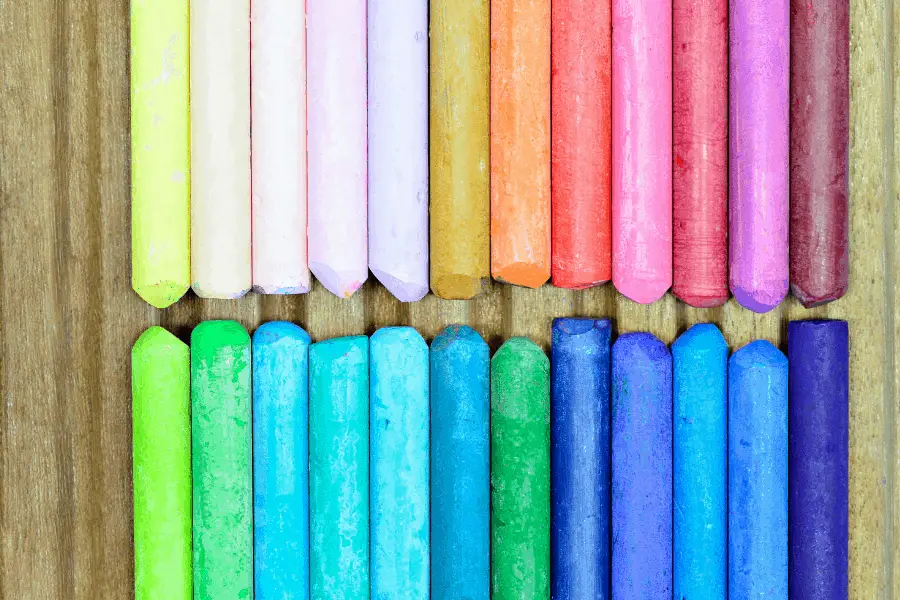Oil pastels are an incredible art supply that have been used for hundreds of years. They are portable, simple to draw with, and result in beautiful pieces of art. Learning to use pastels is a great step up from using pens, charcoal, or pencils for drawing. If you’ve never used pastels before, you might be confused about what you should use them on.
So, can you sue oil pastels on regular paper? Yes, but most people use a pastel paper pad. While you can technically use pastels on regular paper, it’s not necessarily recommended. You won’t get the greatest results because it will be harder to layer the pastels and add texture.
A pastel paper pad is designed specifically for use with oil pastels, and it will leave you with much better results than regular paper. This paper will be more textured, and the pastels will have an easier time sticking to the surface.
How to Use Oil Pastels on Paper
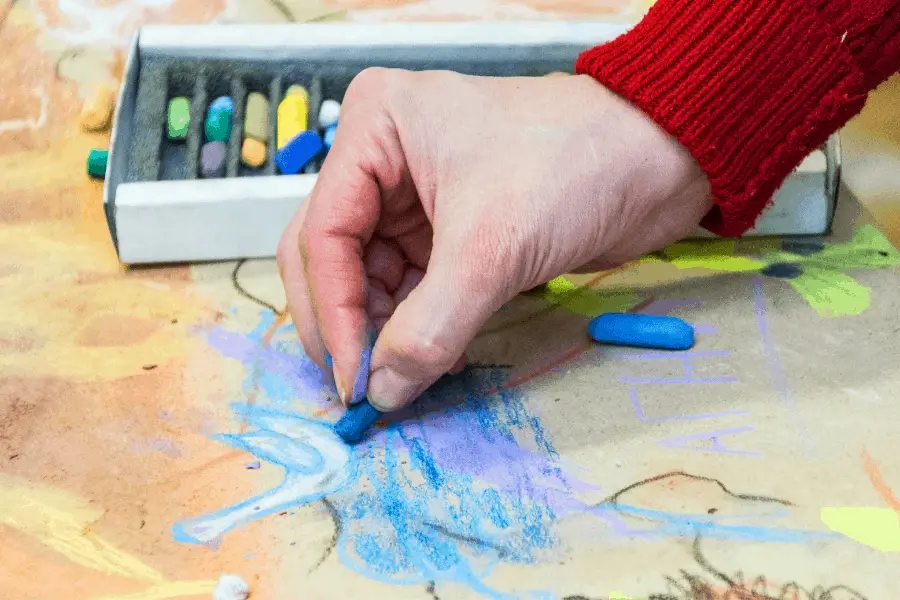
First, you are going to need to make sure you are using the right kind of paper. While it is possible to use regular paper, you will have much better results when using a pastel paper. It will be thicker and textured and will also be available in colors other than just white.
I highly recommend this Strathmore Paper Pad. It’s designed for oil pastels, and is amazing quality.

You will want to start out by lightly sketching a simple outline of the drawing you want to complete. It is recommended to do this with a pencil and use a light hand if you don’t want the marks to be visible in the end product.
When you use oil pastels that are hard or soft, you will be able to quickly color in the outline by using the sides of the pastels with swooping, wide strokes. Use the light pastels to build layers and add darker pastels on top. This will make it easier to create details on your drawing. For blending and shadowing, you can just use your finger, a blending stump, or a paper towel.
My favorite and top pick is always Arteza Oil Pastels. They have so many different colors, and the quality is amazing! I usually use Arteza for all my projects.

When using regular oil pastels, you might want to use darker colors first and lighter colors on top. This will create lighter details on your drawing instead of darker details, but it will also be easier to cover up potential mistakes.
When it comes to blending, oil pastels won’t blend as well as hard or soft pastels. You will want to blend with a paintbrush that has been lightly dipped into a solvent like turpentine. This gives your drawing a similar appearance to an oil painting instead of a drawing.
As soon as you finish your drawing and you are pleased with the outcome, you will want to protect it. Oil pastels can be smudged easily, so applying a sealant is incredibly important for keeping your drawing safe for as long as possible.
What Paper Is Best to Use for Oil Pastels?
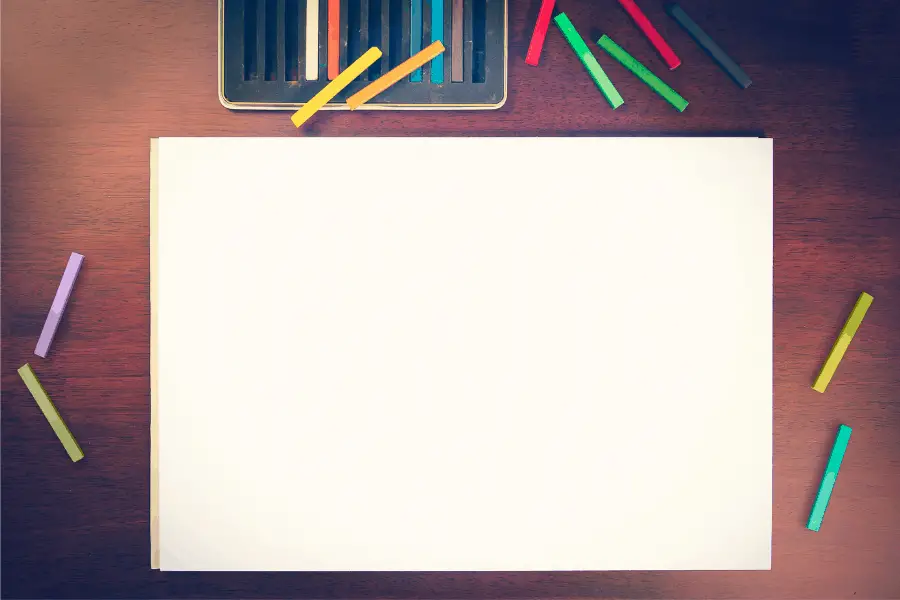
You probably won’t be surprised to learn that oil pastels work best on paper that was specifically designed to be used with them. Pastel paper has a rough texture that makes it easier for the pastels to grip to the surface. However, if you plan on blending with turpentine, pastel paper might not be the best.
Pastel paper isn’t meant to be wet, so it will not work well for this purpose. In this case, you might have a better outcome with watercolor paper or mixed media paper. These papers are heavier and designed to be wet, making it easier to use turpentine for blending.

What Can Oil Pastels Be Used on?
Oil pastels are an incredibly versatile medium. They can be used wet or dry and have the potential to be used on just about any surface. These surfaces include rock, wood, metal, glass, canvas, board, and paper. There might be some instances that the oil pastels will stick better to a surface when gesso is applied as a primer first.
Can You Use Oil Pastels on Canvas?
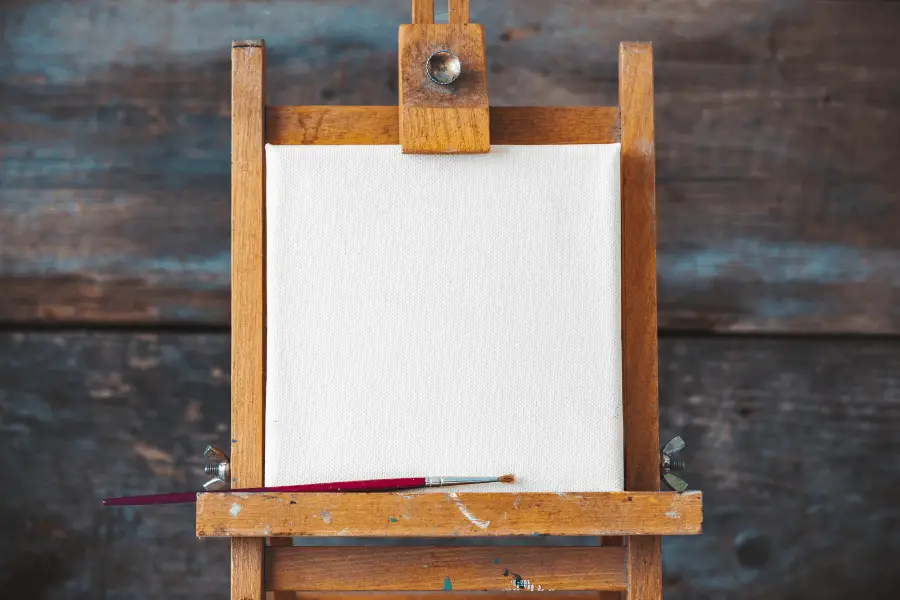
There are several different ways you can use oil pastels on canvas. First, they can be used to create layers or gradient effects. You can layer and blend the colors together by adding light and dark colors together side by side. To create the gradient effect, you will need to use a cotton swab dipped in baby oil and rub the colors together.
There is more than one way to blend oil pastel colors together on a canvas. First, you can blend the oil pastels directly into the canvas. Start with one color and apply it to the canvas, then apply another color next to the first. You can blend the colors together with your fingers, cotton balls, or tissue paper.

It is also possible to combine oil pastels with other painting medias. You can’t mix them with acrylic paint, and you can’t apply acrylic paint over oil pastels, but you can use oil pastels over a layer of acrylic paint.
It is highly recommended to start working on the background first before you add any details. When applying the background, use slight pressure. Ease up on the pressure if you want to draw in a background on top of the oil pastels.
You can also create some neat effects with oil pastels by layering and scraping some off. For example, if you are drawing a pool, you would want to layer two different shades of blue and scratch away at the top layer to create the water effect.

Blending tools will be extremely beneficial when using oil pastels on a canvas. The best tools include pastel brushes, pastel shapers, blending stumps, and tortillons. If you are dealing with large areas of pastel, you will want to use a pastel shaper. The other tools are best for small areas of blending.
How to Seal Oil Pastels
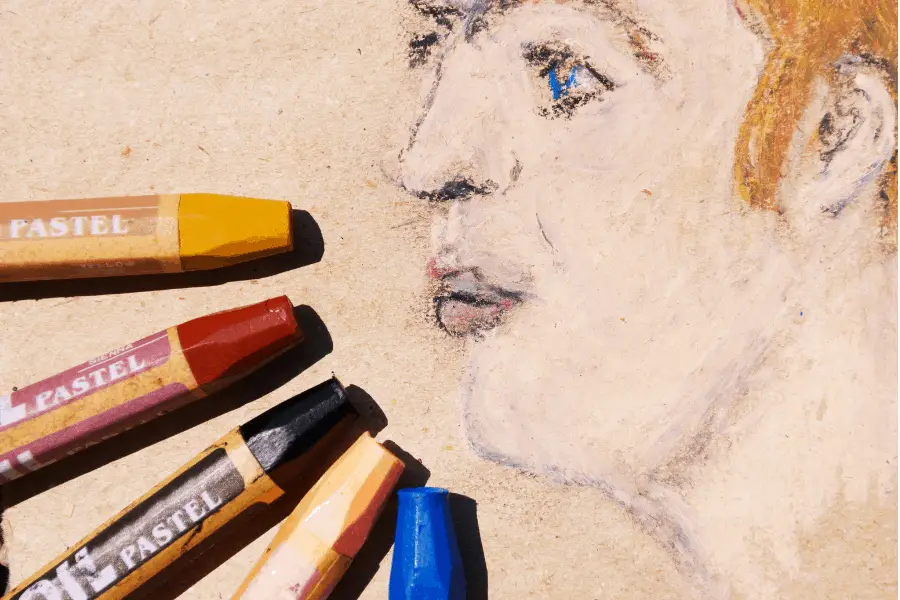
You are always going to want to seal oil pastels. Oil pastels technically don’t ever dry, meaning they are prone to smudging and collecting dust. Sealing your artwork will keep it from smudging and protect it from other elements.
The best way to seal oil pastels is with an oil pastel fixative. This will be a transparent fixative that is usually made with an alcohol base and a vinylic-resin. When applied, you will be left with a silky, clear film on top of your oil pastels to work as a layer of protection.

You can also use a spray varnish to protect your oil pastel painting. A spray varnish is a protective coating that doesn’t yellow over time. There is also the potential of working with your artwork again after you apply this type of varnish.
Grumbacher is great for a spray varnish because it works for all types of mediums.
Always perform a test before applying the sealant to your entire piece of artwork. There is the possibility that your particular oil pastels or paper won’t react well with the varnish. Testing it first will allow you to make changes as needed.
Final Thoughts
Oil pastels are a great medium to use because they are versatile and can be used on several different surfaces. Regular paper is one of these surfaces, but it isn’t recommended because it isn’t thick enough and won’t turn out as a very good product. It is best to use pastel paper or mixed media paper for oil pastels.
You are also going to want to seal your oil pastel painting to protect it. Oil pastels don’t technically dry, so they are always at risk of smudging and collecting dust. Use an oil pastel fixative or a spray varnish for the best protection possible.
Make sure to follow all my tips and recommended products to ensure your oil pastel project turns out great! Also, don’t forget to check out my other articles for all your painting Q&A’s. Happy painting!

